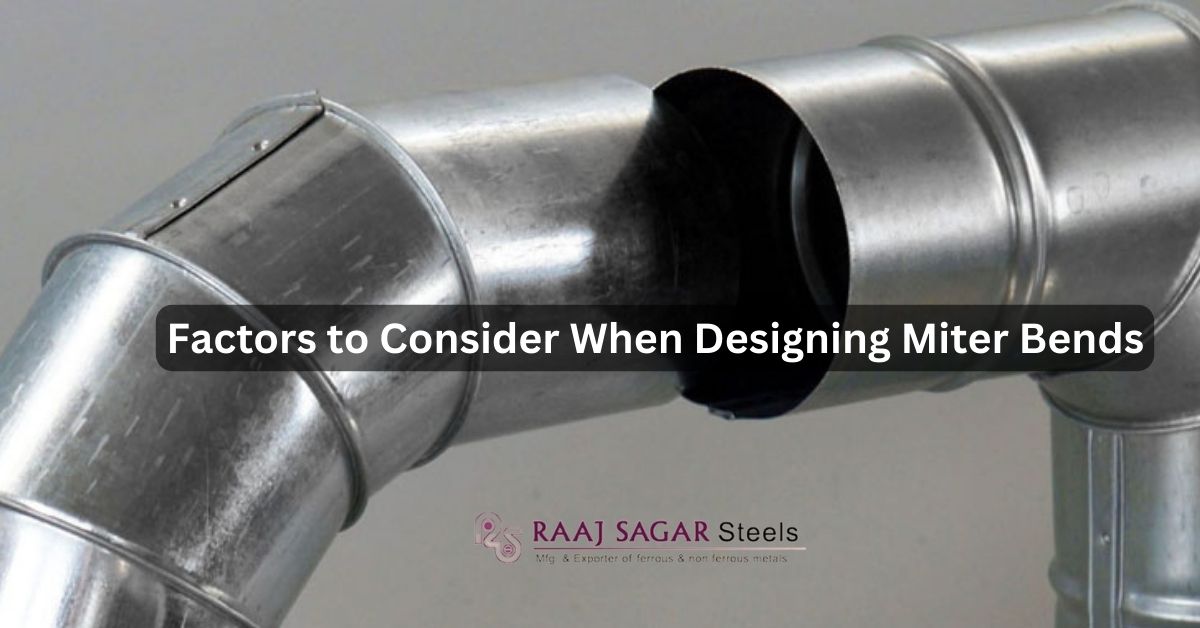Factors to Consider When Designing Miter Bends
Miter bends are commonly used in piping systems to change the direction of the flow. When designing miter bends, several factors must be taken into consideration. The first factor is the material of the pipe, as different materials have different physical properties that can affect the performance of the bend.
The second factor is the angle of the bend, which can impact the flow rate and pressure drop. Other factors include the wall thickness of the pipe, the diameter of the pipe, and the radius of the bend. Proper consideration of these factors is crucial to ensure the efficient and effective performance of Mitre Bends in piping systems.
Material Selection
The first factor to consider when designing mitre bends is the material being bent. Choosing a material that can withstand the extreme temperatures and pressures applied during bending without cracking or breaking is essential. Some materials, such as aluminum, are particularly well-suited for miter bends because they have good thermal conductivity and are easy to work with. Other materials, such as stainless steel, require more specialized equipment and techniques to make successful miter bends.
Bending Angle
When designing miter bends, it’s also essential to consider the angle at which you’ll be bending the material. The angle will depend on how you want your product to look and function; for example, if you’re creating an enclosure with right angles, you’ll need to use 90-degree angles for each bend. However, if you’re creating something more organic or aesthetic, you might opt for an angled bend instead. It’s also important to remember that certain materials might require specific angles for optimal results; for instance, aluminum needs an angle between 80 and 85 degrees to maintain its strength and rigidity once bent.
Tolerance
Finally, it’s essential to consider tolerance when designing Mitre Bends, mainly if your product will be used in precision applications or industries where exact measurements are vital (such as aerospace). Different materials have different tolerances; for instance, stainless steel has a tighter tolerance than aluminum due to its higher strength and rigidity. It is important to remember that issues can be caused if any imperfections or irregularities on the sheet metal before bending are not accounted for properly during design.
Wall Thickness Considerations
When designing miter bends, it should be noted that thicker walls require more force and, therefore, should only be attempted using power benders with higher tonnage ratings (referring to the force needed to perform a successful bend). Thinner walls are less demanding but require greater accuracy and precision when setting up the tooling parameters to avoid deformation during the bending process.

